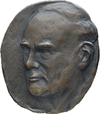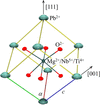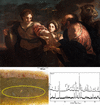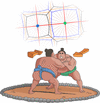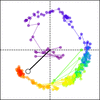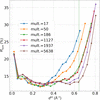
- editorial
- lead articles
- feature articles
- topical reviews
- research letters
- research papers
- foundations
- research papers
- research papers
- foundations
- research papers
- research papers
- research communications
- research papers
- teaching and education
- research communications
- short communications
- computer programs
- letters to the editor
issue contents
IUCr Congress collection
Celebrating the 75th Anniversary of the IUCr
The triennial congresses of the IUCr are the major international scientific meetings for structural scientists worldwide. This virtual issue presents a collection of articles covering research reported at the 26th IUCr Congress and articles celebrating the 75th Anniversary of the IUCr. The 26th Congress was held in Melbourne, Australia from 22 to 29 August 2023. Articles will be added to the collection during 2023 and 2024.

editorial
lead articles
feature articles

 access
access access
accesstopical reviews
Bridging length scales in hard materials with ultra-small angle X-ray scattering – a critical review
 access
accessresearch letters
research articles


 access
access

 access
access access
access access
access

 access
access access
access access
accessRational drug discovery and design require a deep understanding of the structure and thermodynamics of protein–ligand interactions. Here, the human carbonic anhydrase family of enzymes and their specific sulfonamide ligands are used to describe binding assays and crystal structures for understanding of protein–compound recognition principles.


 access
access access
access access
access access
access access
access access
access access
access access
access access
access access
access access
access access
accessteaching and education
 access
access access
access access
access
research communications
short communications
computer programs
 access
access access
accessletters to the editor
 access
access
 menu
menu






